photographic project | installation for wienstation | 2011
in cooperation with Lichtungen – das FotografInnenkollektiv
Wir leben in einer von anderen konstruierten Welt und konstruieren unsere eigene. Unser Blick auf die Welt: Konstruktion! Unser Blick auf uns selbst: Konstruktion! Unser Blick auf das Leben anderer: Konstruktion. Der Blick der anderen auf uns: Konstruktion! Der Blick der anderen auf sich selbst: Konstruktion. Der Blick der anderen auf ihre Welt: Konstruktion!
Oder in Anlehnung an Paul Watzlawik[1]: Man kann nicht nicht konstruieren! Das ganze Leben ist ja eigentlich ständig „under construction“. – eine einzige Baustelle!
In der wienstation wird der Ausstellungsraum zur construction sight und site. Ein Gebilde, das aus mehreren Einzelteilen besteht und unendlich in jede Richtung wachsen kann. Eine Konstruktion in der Konstruktion – eine Art endless house, „endless because all ends meet, and meet continuously“[2]. Das räumliche Konstrukt wird zur Projektionsfläche der ikonografischen Konstrukte; also Gegenentwürfe zur hegemonialen Konstruktion durch Politik, Ökonomie und Kultur.
1 Watzlawick, Paul/Beavin, Janet/Jackson, Don (1969): Menschliche Kommunikation – Formen, Störungen, Paradoxien. Huber: Bern
2 Kiesler, Frederick J.(1996): Selected Writings, S.126. Gerd Hatje: Stuttgart
der Aufbau
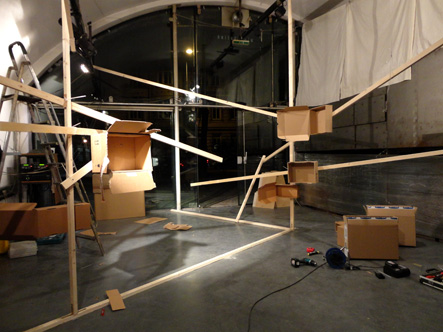
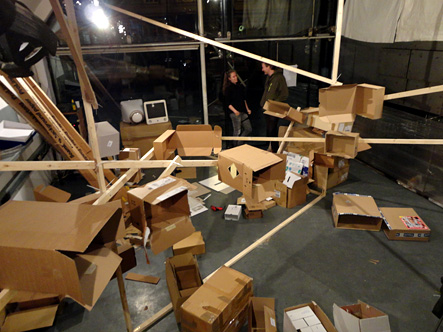
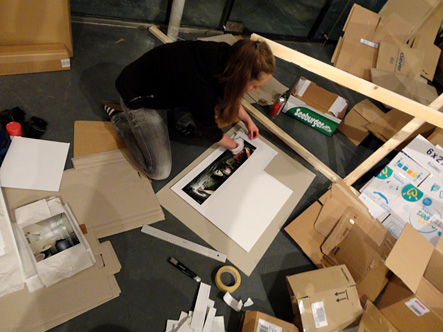
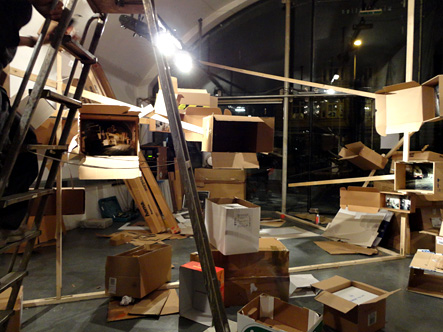
die Bilder (Auswahl) | from the series Grossbaustellen Europas
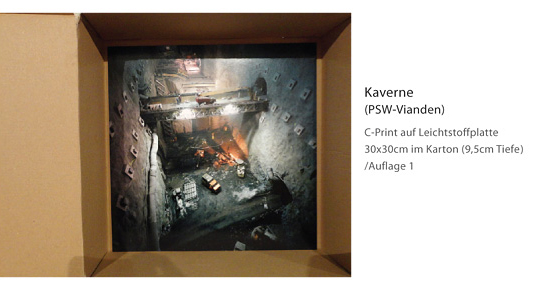
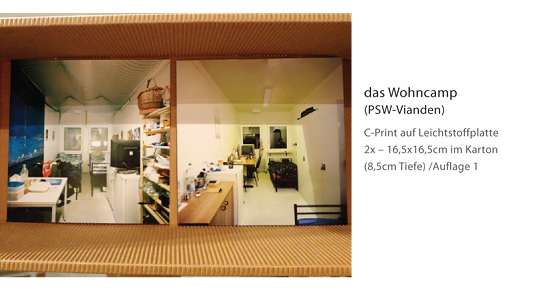
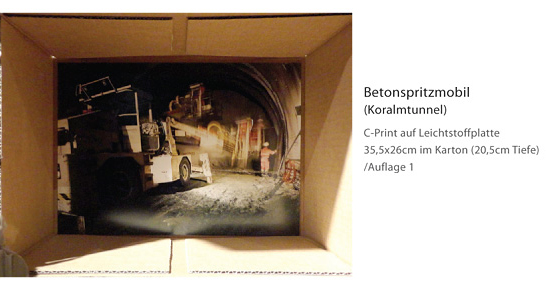
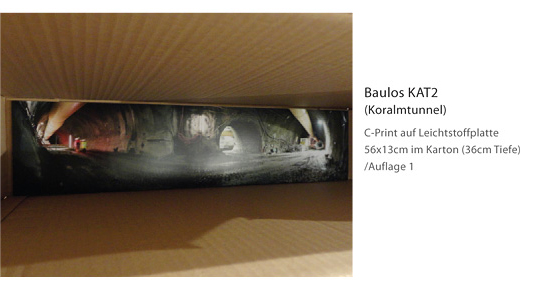
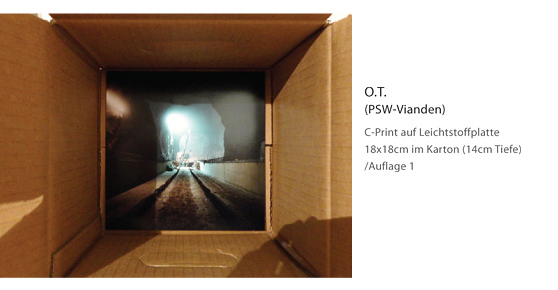
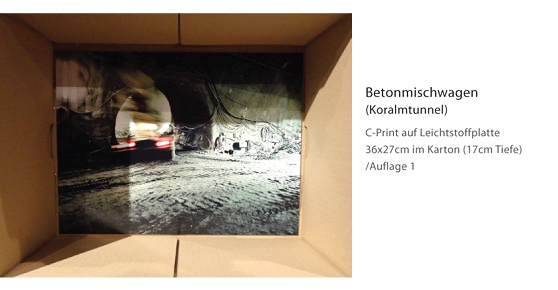
We live in a world constructed by others, and construct our own. Our view of the world: a construction! Our view of ourselves: a construction! Other people’s view of us: a construction! The others‘ view of themselves: constructions. Other people’s view of their world: a construction!
Or, according to Paul Watzlawik*: One cannot not construct! One’s whole life is perpetually „under construction“ — one big construction site!
The wienstation exhibition space becomes a construction sight and site. A manifestation consisting of several individual elements and that can grow ad infinitum in any direction. A construction in the construction — a kind of endless house, „endless because all ends meet, and meet continuously“.** The spatial construct becomes a projection surface for iconographic constructs, i.e. an alternative to the hegemonic construction of politics, economics and culture.
* Watzlawick, Paul/Beavin, Janet/Jackson, Don (1969): Menschliche Kommunikation – Formen, Störungen, Paradoxien. Huber: Bern
** Kiesler, Frederick J.(1996): Selected Writings, S.126. Gerd Hatje: Stuttgart
<< back